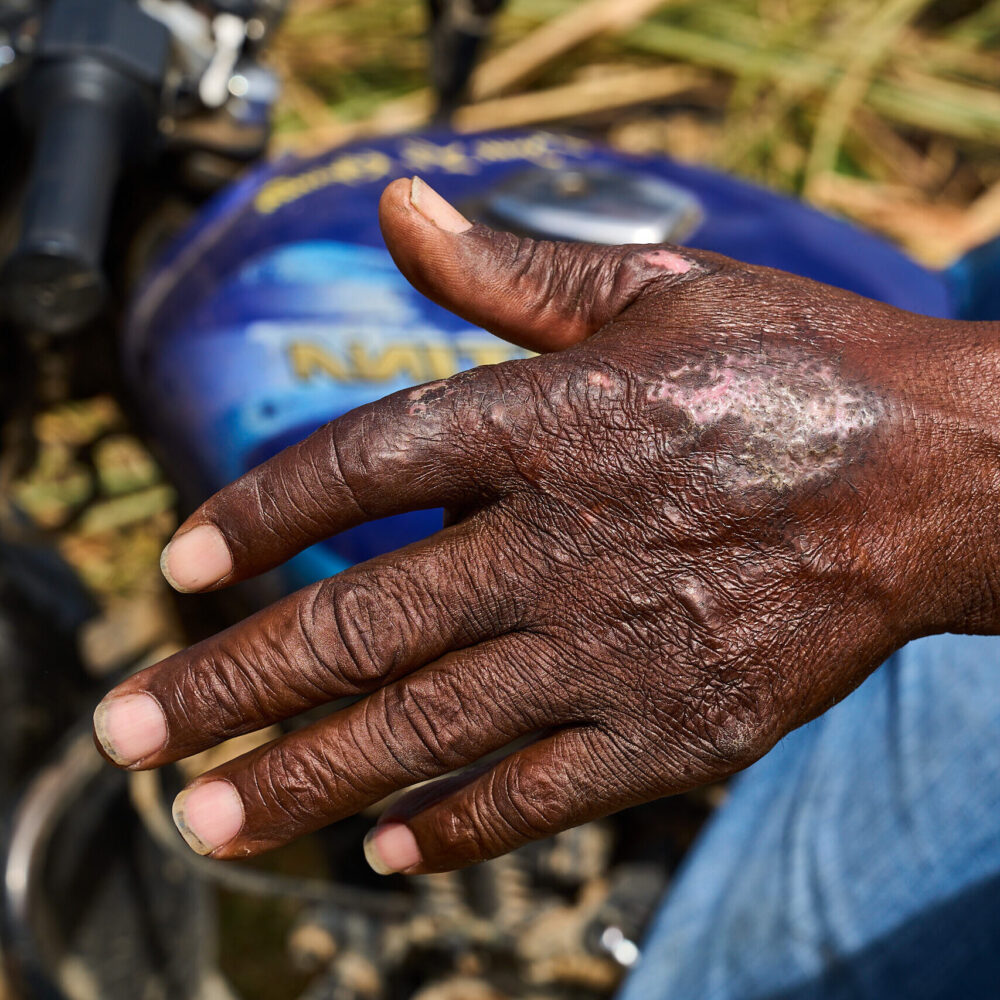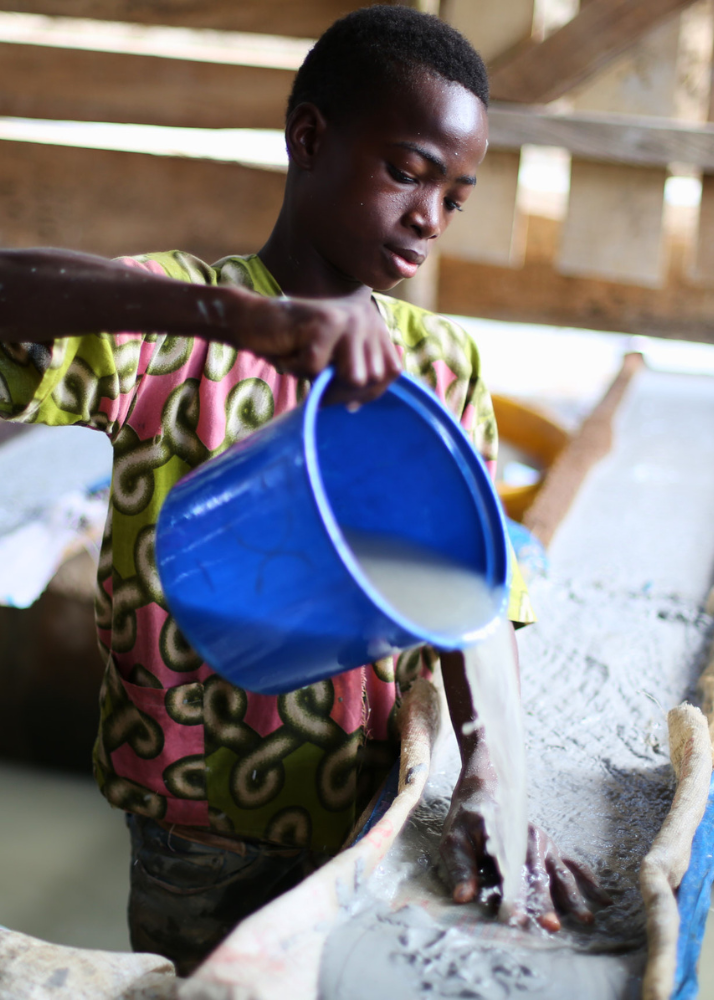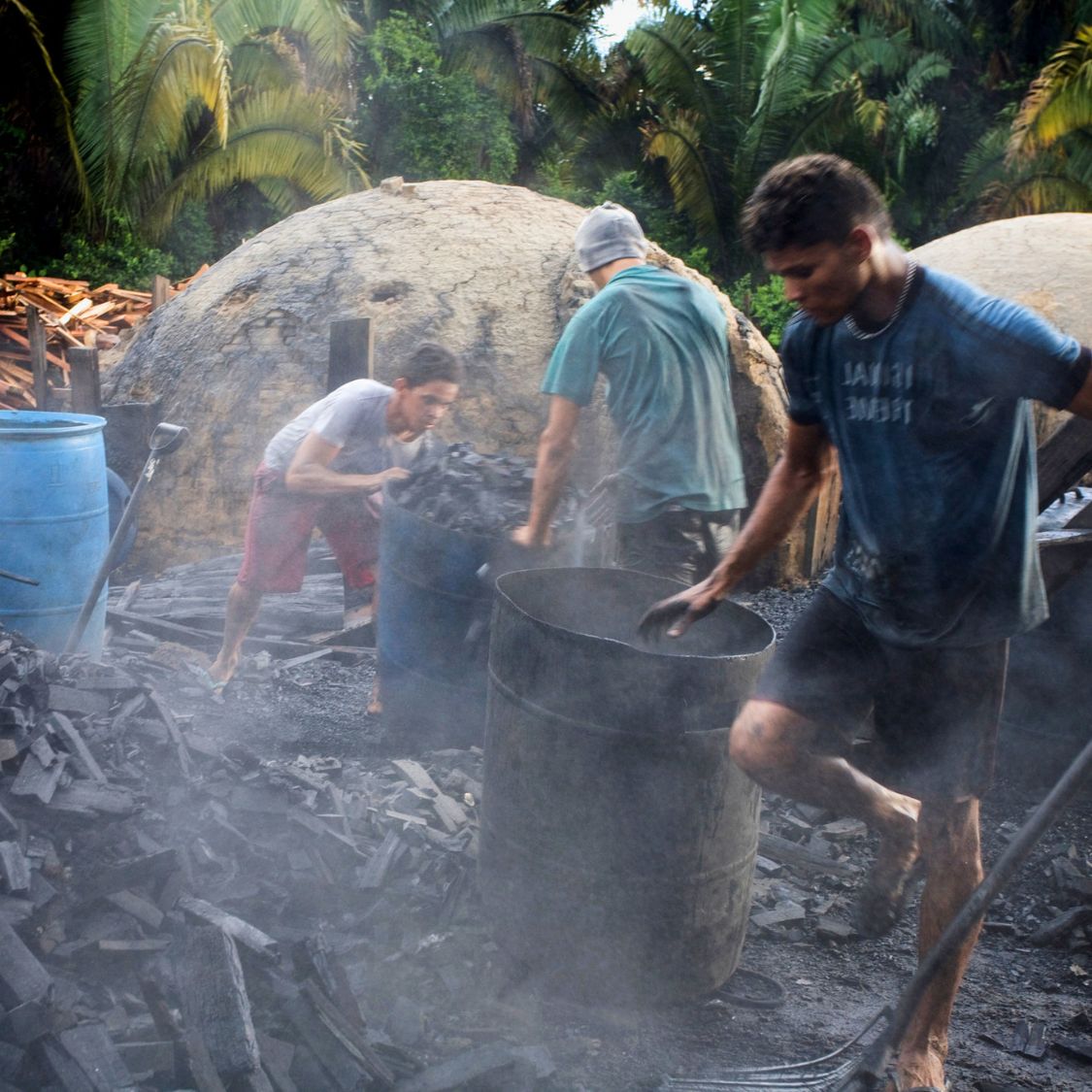Modern Slavery
A Comprehensive Exploration
The Scale and Scope of Slavery Today
Modern slavery is a hidden crime woven into the fabric of our global society, affecting tens of millions of people and generating billions in illicit profits for traffickers and corporations that benefit from the cheap labor they provide.
- The Numbers: Current estimates suggest that more than 49 million individuals are trapped in various forms of modern slavery worldwide.
- Forced Labor: Represents about 55% of those enslaved. These individuals are often found in industries demanding manual labor, such as farming, mining, and service industries.
- Forced Marriage: About 44% are ensnared in marriages against their will.
- Sex Slavery: 12.5% of the total are coerced into forced commercial sexual exploitation.
- Children in Bondage: Tragically, 12% of forced labor cases are children.
Modern Slavery’s Resurgence
While slavery is an ancient practice, these modern forces have intensified its prevalence:
1. Rapid Population Growth
Especially in developing nations, has outstripped economic growth, rendering many vulnerable to exploitation.
2. Migration
3. Government Corruption
Without robust governance and policing and frameworks for holding goverments accountable, many regions become breeding grounds for human trafficking and slavery.
4. Social Discrimination
The Many Faces of Modern Slavery
While the term “slavery” may evoke images from centuries past, today’s reality is more multifaceted and insidious than many realize. Forced labor in industries ranging from agriculture to mining, the heinous trade of forced prostitution, the tragedy of child soldiers, and the bonds of forced marriages— are just some manifestations of this modern horror.
Imagine a small room in an urban setting, far removed from the light of day, where young women and even children are traded like commodities. Or consider remote farms where workers toil day in and day out without compensation, under threat of violence. These aren’t scenes from dystopian novels; they’re daily realities for countless victims.
Forms of Modern Slavery
Forced labor
Individuals are coerced to work under the threat of violence or other forms of punishment. They have no option to leave and are often subjected to grueling working conditions. Forced labor is often found in industries such as agriculture, construction, and manufacturing.
Debt Bondage
Contract Slavery
Sex Trafficking
Forced Marriage
Individuals, most commonly young women, are tricked or manipulated into forced marriages, leading them to lose their autonomy. They often find themselves in situations where they are subjected to grueling labor and continuous abuse, both physically and psychologically.
Domestic Servitude
This form of slavery sees individuals, often foreign nationals, trapped as household workers. They are usually isolated, forbidden from leaving the homes of their employers, and are subjected to excessive work hours, constant abuse, and exploitation.
Child Labor & Soldiers
Among the most heart-wrenching forms of modern slavery are the forced recruitment of children into conflict and the exploitation of their labor. Stripped of their innocence, these children are made instruments of war or compelled into strenuous labor, often under hazardous conditions.
Please note some statistics listed in this video are no longer accurate. See the resources listed at the bottom of the page for the most recent numbers.
Definitions and Differentiations
At its core, modern slavery refers to situations where individuals cannot refuse or leave work because of threats, violence, coercion, deception, or abuse of power.
Here are some of its most prevalent forms:
Click on the term below to learn more
Forced Labor
Definition: A form of slavery where individuals are coerced to work under the threat of violence or other forms of punishment.
Differentiation: Often for no pay or in repayment of a debt, it is prevalent in industries like agriculture, construction, and manufacturing.
Descent-based Slavery
Differentiation: This type of slavery is inter-generational and often socially sanctioned.
Debt Bondage
Also known as Bonded Labor
Definition: A form of slavery where people pledge themselves or their labor against a loan.
Differentiation: This is the world’s most widespread form of slavery, deceptive terms often make it difficult for the debt to be repaid.
Child Slavery
Differentiation: Unlike adult slavery, child slavery involves the exploitation of minors and can take on forms like child labor and child soldiers.
Human Trafficking
Differentiation: Achieved by means of threat, force, or deception and can lead to various forms of exploitation, such as forced labor or sexual slavery.
Forced and Early Marriage
Differentiation: Often leading to forced labor, sexual exploitation, and loss of personal freedom, this type of slavery predominantly affects young women and girls.
Understanding the distinct manifestations of modern slavery is crucial in shaping our response to combat it.
Modern Slavery Myths and Their Detriments
The battle against modern slavery is often based on deeply entrenched misconceptions. One pervasive myth is that it is a problem confined to impoverished or “third-world” nations. Developed countries are not just passive onlookers but active participants, often acting as destinations for human trafficking, consumers of goods made with forced labor, and profiting extensively from the exploitation of laborers around the world. The underworld of forced labor and exploitation doesn’t respect national borders.
Another misconception is that slavery always involves physical shackles. In reality, a victim might be bound by psychological chains, manipulated by debt bondage, or living under threats of violence to themselves or their loved ones.
Such misunderstandings are more than mere ignorance; they’re detrimental to the anti-slavery cause. When we misdiagnose the problem, we inadvertently misdirect resources, efforts, and advocacy. When society underestimates the scale and complex nature of the problem, efforts to combat it can be misplaced or insufficient.
Causes: Understanding the Roots
Here are some key factors contributing to the prevalence of exploitative labor conditions
Economic Disparities
In a world where wealth is unequally distributed, many are vulnerable to offers of better-paying jobs in foreign lands, only to find themselves in exploitative conditions.
Lack of Education
Systemic Corruption
Conflict and Political Unrest
Migration and Statelessness
People displaced by conflict, those deprived of citizenship, and the many who migrate for economic opportunity are often unable to access basic rights, social services, and the protection of the law increasing their vulnerability to slavery.
For more detailed information about root causes see our Strategic Plan.
Slavery’s Global Geography
Africa, with its many conflict zones, witnesses a range of slavery forms, from child soldiers to forced labor in mines. Europe and Central Asia aren’t immune either, with human trafficking for forced labor and sexual exploitation being significant concerns.
In the Americas, though the numbers might be comparatively lower, instances of forced labor, especially among migrant workers, and human trafficking for sexual exploitation are alarmingly prevalent.
Asia-Pacific
Home to over half of the world’s slaves, mainly due to its vast population and significant economic disparities.
Africa
Europe and Central Asia
Americas
A Dark Economy: Slavery’s Role in Global Trade
Visit KnowTheChain.org to learn more about this issue and see scores and rankings for many large companies.
Jobs Slaves Are Forced Into:
1. Agriculture
2. Construction
Rapid urbanization in countries like Qatar, with massive infrastructure projects, has seen an influx of exploited migrant workers.
3. Domestic Work
Many are trapped in private homes, invisible to the public eye.
4. Mining
Precious metals and gems, crucial the electronics we use and jewelry we buy, often have a dark history.
Charting a Path Forward
However, the narrative isn’t solely bleak. As global citizens, our choices and voices matter. Supporting ethically sourced products, raising awareness within our communities, or backing organizations fighting against modern slavery can make a tangible difference.
Free the Slaves and other organizations are working tirelessly to combat the issue of modern slavery on multiple fronts. Through its whole-of-society approach, Free the Slaves works with governments to advocate for policy changes and the implementation of robust laws eliminate the conditions that allow slavery to exist and deter and penalize slavery practices. Our efforts also include creating a Forum space for organizations worldwide to collaborate and facilitate knowledge sharing on emerging answers and best practices for ending this injustice. These platforms help pool resources, insights, and experiences, increasing the effectiveness of the fight against modern slavery.
Free the Slaves is also actively engaged in providing training and assistance at the grassroots level, aiding local communities in demanding their human rights, and accessing social support services. This allows them to recognize, resist, and ultimately eradicate slavery in their midst. With operations across the world, Free the Slaves is involved in addressing local issues while maintaining a strategic global perspective. Our approach is evidence-based and focuses on ensuring that survivor experiences inform the strategies employed, making them effective and sensitive to the needs of those most affected.
Research is another crucial area where Free the Slaves contributes to the anti-slavery movement. By conducting research that includes survivor experiences and perspectives, Free the Slaves captures valuable insights that can be used to understand the nuances of modern slavery better and to develop more effective interventions.
Your support of Free the Slaves is a strategic investment toward ending modern slavery. Your support could be in the form of donations, volunteering, or simply spreading awareness about our work. By uniting our efforts and working together, our collective effort and awareness can pave the way for a brighter, more humane future. It’s time to come together to champion the cause of freedom and dignity for all.
Your donation will help us end the conditions that allow modern slavery to exist so that people can experience freedom and safely pursue their dreams.



